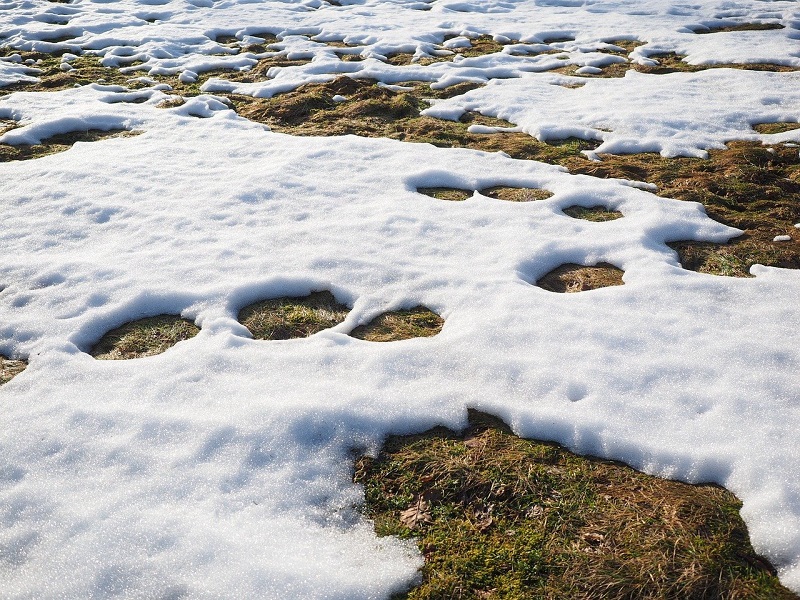As rain pours down and snow falls this winter, it’s important to protect your home from flood damage. Often, when snow melts during a warmer period in winter, it can create more runoff than homeowners are ready for. Additionally, extended periods of rain can pool up and easily penetrate cracks in a foundation. However, there are many ways any property owner, regardless of their risk of flooding, can keep their home safe this winter.
Make Sure Water Flows Away From Your Foundation
A core tenet of preventing flood damage is redirecting water away from your home. You can do this by improving the grading around your home, making sure drainage areas are free of debris, and giving your foundation space to dry.
Improve Grading Around Home
Keep water from pooling up near your foundation by grading the land around it. This means making sure there is at least a slight downward slope away from your home. You can use materials like clay and sand to keep water flowing to street drainage.
Clear Debris From Drainage Areas
Make sure drainage areas near your home are free of debris so water can travel freely. During fall, leaves, twigs, and larger branches can block important pathways for water. It’s critical that these areas remain open so water can drain away from your home.
Clear Gutters and Downspouts
Frequently check your gutters and downspouts to make sure they are clear. Clogged gutters can impact the health of your roof and lead to pools of water around your home. You’ll want to make sure your downspouts are redirecting water a safe distance away from your foundation.
Leave Space Between Mulch and Siding
Avoid adding mulch too close to the siding of your home, so that there is space for your house to dry off. Mulch holds water and it can rot your siding if it’s tucked up against it.
Keep Water From Seeping In
Despite our best efforts, water has a way of finding cracks. Whether these cracks are in walls, around windows, or in our foundation, it’s critical to find and seal them up before winter sets in.
Seal Cracks
Check around doors, windows, and any external openings to ensure there is a tight fit. If not, or you identify cracks, fill them in. For doors, use weather stripping, and for cracks use mortar, putty, or waterproof paint or sealants.
Seal Basement Windows
If you have a basement with windows, make sure there are no spots for water to leak in. Regardless of the age of your window, fill in any gaps or cracks with the proper sealant.
Install One-Way Valves to Prevent Backflow
One sneaky way water can get into your home is by flowing back through valves and pipes. Make sure your pipes have check valves and that water can only flow one way. It’s worth checking these regularly to ensure they are working right.
Flood Damage Can Be Scary
Despite our best efforts, our homes can flood. While there are ways to cope with this disaster on your own, it’s far safer and faster to call in professional help. Action 911 has all the tools, training, and expertise to address flood damage quickly and effectively. Give us a call 24/7 and we will be on the way.

